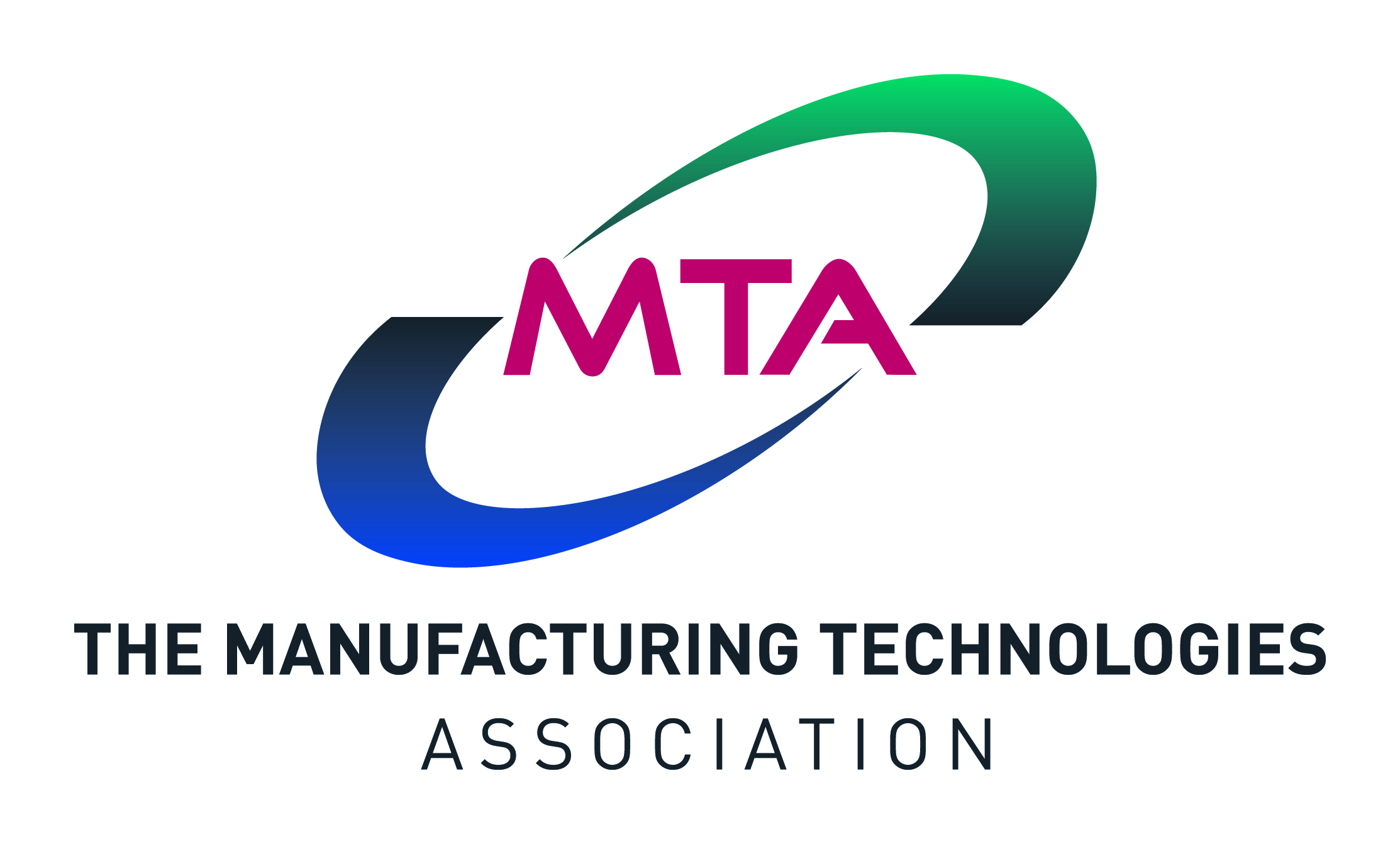European Industrial Production, November 2022: Total industrial production (IP) in the EU was +0.9% higher than in October 2022, with an increase of +1.0% for the subset of the Euro-zone countries. However, this follows a significant decrease in October which has not been recovered in November. Compared to November 2021, total IP grew by +2.0% for both the EU and the Euro-zone.
Looking at the detail by sub-sector, the capital goods group had the strongest growth on both the month-on-month trend and compared to a year earlier. Compared to October 2022, output of the capital goods industries grew by +0.9% in the EU and +1.0% in the Euro-zone; the growth rates relative to November 2021 were +9.0% and +8.8% respectively.
By country (and using the comparison with November 2021), of the 26 Member States who have published their November (Cyprus is always a month behind), 13 recorded an increase in total IP and the other 13 had a reduction. The largest increases were recorded in Ireland (+34.9%), Malta (+15.5%) and Denmark (+9.3%), while the most significant falls were in Estonia (-12.2%), Slovakia (-10.7%) and Romania (-4.0%).
For more details, you can download the Euro-indicators report from their website at https://ec.europa.eu/eurostat/news/euro-indicators (13 January).
—————————————-
European Commission Economic Sentiment Indicator, December 2022: The European Commission (EC) draws from a range of surveys to construct confidence indicators for six sectors of the economy and then uses five of these (financial services is not part of the calculation) to make up its Economic Sentiment Indicator (ESI).
The December reading of the overall Economic Sentiment Index (ESI) showed an increase for the 2nd month in a row in both the EU and the Euro-zone, with all of the sectors in the calculation showing an increase – however, financial services edged down. There was a strong improvement for the retail trade, services and consumers with more modest increases in industry and construction.
For the industry sector, the improvement was driven by a strong uplift in expectations about output in the coming 3 months which was partly off-set by a small deterioration in current orders books and an increase in stocks of finished goods. Although not used to calculate industry confidence, the survey also noted that output was reported to have increased in the latest 3 months but that export orders were still on a downward trend which has been running since March.
Among the 6 largest EU economies, the ESI increased significantly in Germany, Spain and the Netherlands, with a more modest rise in Italy and Poland; France was the only country in this group to see a fall in their reading.
The ESI is calculated against a base set by the long-run average reading so this is adjusted marginally each month when the new reading is recorded. Despite the general improvements this month, most EU countries are still below their long-run average (as are the EU and Euro-zone aggregates). The exceptions which are back above 100 are Bulgaria, Croatia, Cyprus, Greece, Italy (only just) and Romania. Among the EU candidate countries who are also included in this survey, Albania and Montenegro also have an ESI reading above their long-run average.
You can download the EC report and statistical annex from their web-site at https://ec.europa.eu/info/business-economy-euro/indicators-statistics/economic-databases/business-and-consumer-surveys/download-business-and-consumer-survey-data/press-releases_en or you can request it from MTA.
—————————————-
USMTO and CTMR, November 2022: The US Manufacturing Technology Orders (USMTO) programme tracks orders in the US market, based on the reports from participants. In the first 11 months of 2022, orders were -3.7% lower than the same period of last year (January to November).
This is the first time that the year-to-date total in 2022 has been below that for the previous year but although the trend is now downwards, it remains at a high historical level as 2021 was the all-time record for US machine tool orders. Our colleagues at AMT note that the strong market is at least partly a reflection of re-shoring of manufacturing activity; although some customer sectors such as those related to construction (domestic and commercial) are weakening in line with the general economy, their members remain relatively confident, not least because the large order backlogs from the last couple of years will mean strong invoicing growth in 2023.
We continue to see a divergence in growth rates between the various regions – note that although we have to use the metal cutting data here, this is about 98% of the total survey values so this is not a big problem. In the 11 months up to November, 3 regions have seen orders above the level in 2022 and 3 have recorded a reduction. The strongest growth came in the South-Central area (+9.7%) with the South-East (+4.4%) and North-Central-East (+1.6%) also positive; the falls in year-to-date orders came in the West (-1.9%), North-East (-10.2%) and North-Central-West (-14.3%) areas.
The US Cutting Tool Market Report (CTMR) tracks orders for tooling on a similar basis; for the January to November period, orders increased by +10.4% compared to the same months in 2021. The trend here is still accelerating and the 12-month rolling trend is now at its highest level since May-2020. There is no regional analysis for the cutting tool report.
You can download the press releases for the two surveys from the AMT web-site at www.amtonline.org/topic/intelligence, with the CTMR release also published on the USCTI web-site at www.uscti.com; alternatively, you can request either or both releases from MTA and we can make sure you get them when they are published each month.

